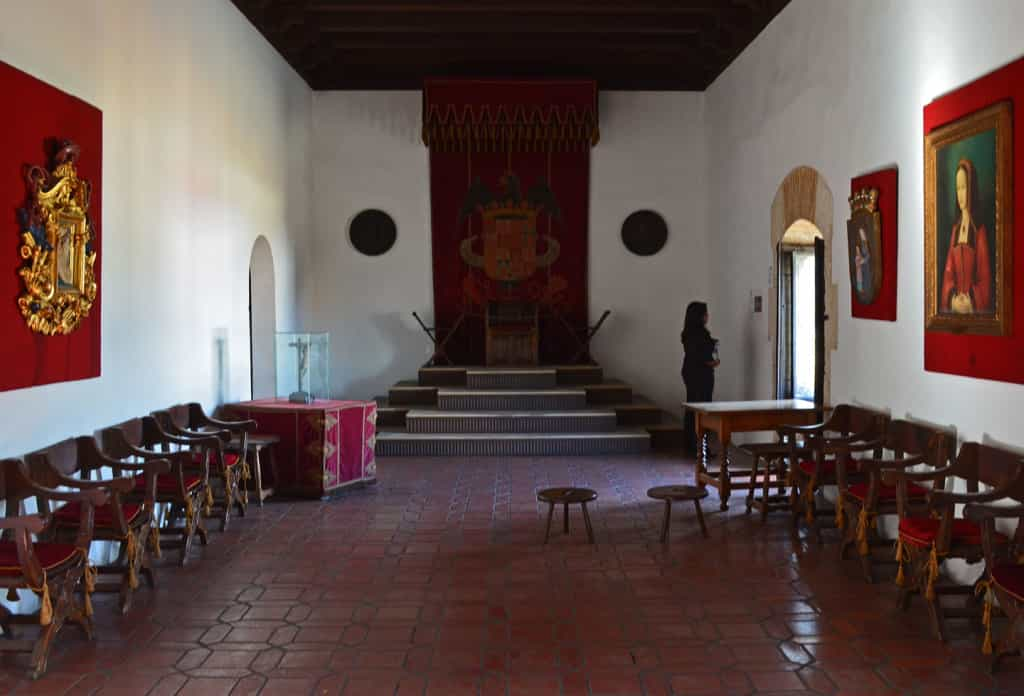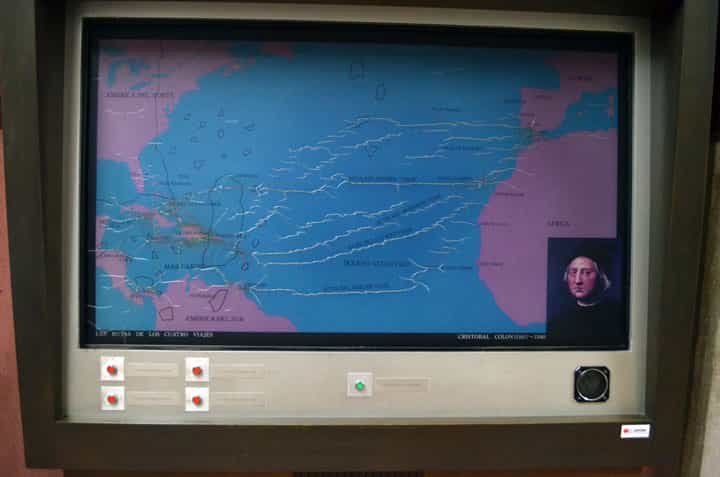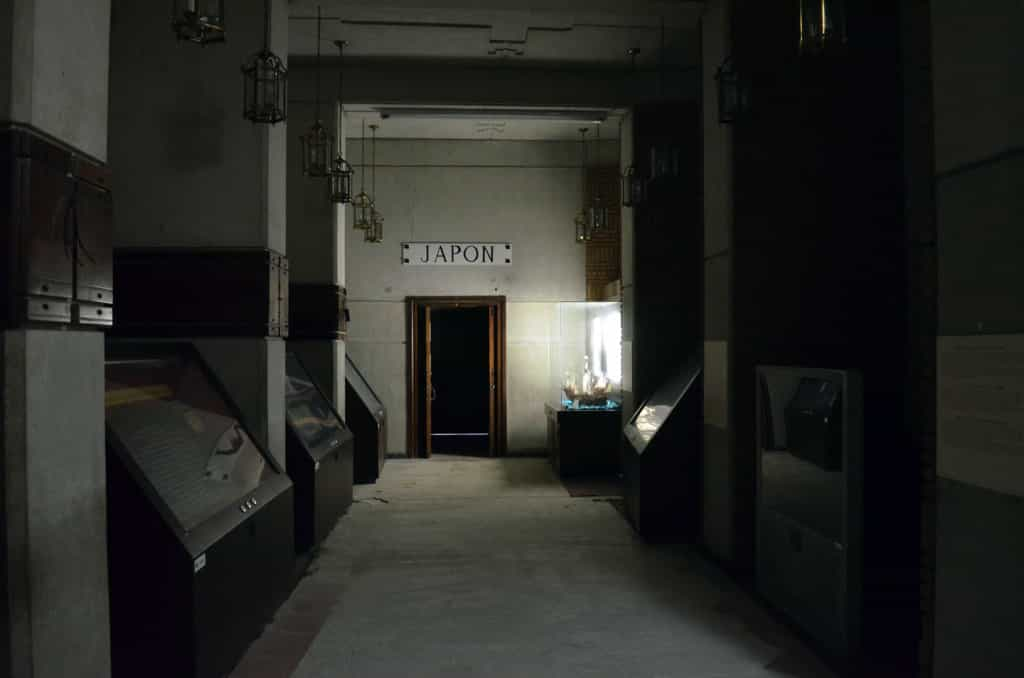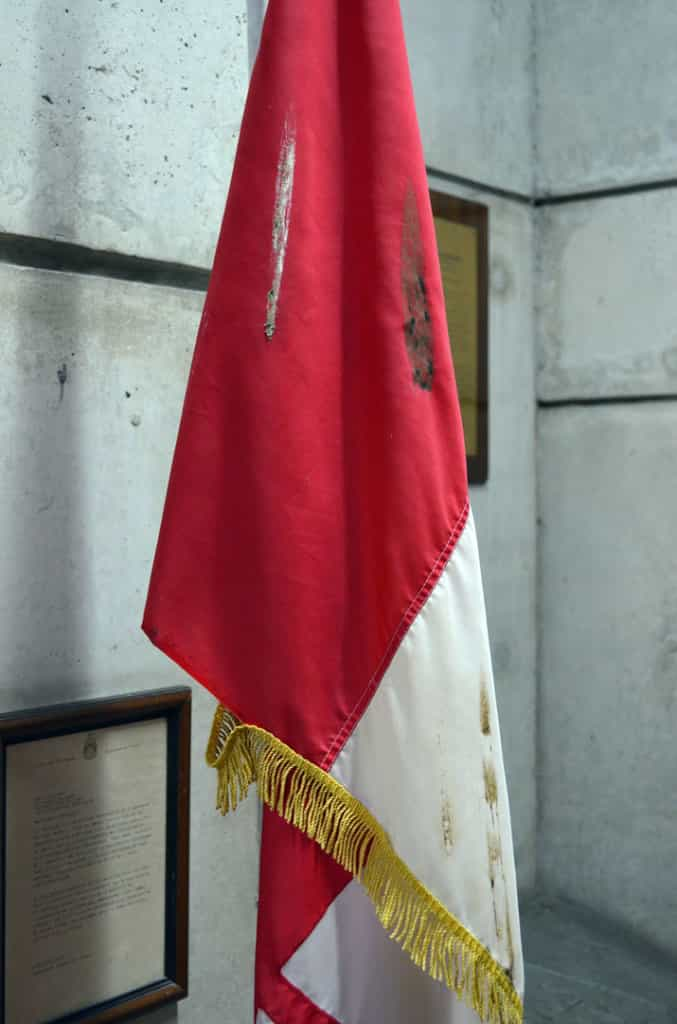For a lot of people, the Caribbean is mostly about beaches and nice weather (with the occasional hurricane). Truth be told, in some parts that’s pretty much all there is to it, along with cold beer, beautiful grilled fish and laid back locals. But other places remind you that this is where the New World was born, and the region has some of the oldest European structures in the Americas. Probably nowhere is this truer than in the Dominican Republic. The capital, Santo Domingo, is not only the largest city in the Caribbean, but it is also the oldest European city in the Americas, having been founded in 1496 by Columbus’ younger brother Bartholomew. If you look around the Colonial District, you will find a lot of things that lay claim to fame by being “the oldest X in the Americas”.
In Parque de Colon, behind the famous Admiral’s statue, the oldest church, the Cathedral of Santa María la Menor, seat of the first Catholic Diocese in the New World. Strange anecdote: while walking around the park, I heard a loud and resonating “Boing!” coming from above. I immediately looked up and saw a flagpole swaying from side to side. At the very same moment I heard a loud “Thump!” and looked down, only to find a very large pigeon, dead on the sidewalk after an obvious mid-air encounter with said flagpole. I know, not the nicest story, but something I had never seen before.
Alcazar de Colon, the first Viceregal residence, built for Columbus’ son Diego and today operating as a museum, filled with period furniture and items that once belonged to the Columbus family. Most displays are in Spanish only, but the admission price includes a good multilingual audioguide.
The first tribunal.
The first pharmacy.
A map of the first ever four voyages across the Atlantic. These “firsts” are located in the Museum of the Royal Houses, the former seat of the colonial government. Again with a good audioguide, you can learn a lot about how Spain bankrupted itself through military spending, as it tried to enforce its claim to exclusive trade rights in America. Meanwhile, France and the UK were making a ton of money by dealing directly with pirates and all manner of illegal traffickers.
And the first seat of Executive Government. This office was used by a succession of Viceroys and Captain-Generals, all the way to Rafael Trujillo, the strongman who ruled the Dominican Republic for 31 years, either as President himself, or through puppet presidents, until his assassination in 1961. I must say I spent a lot of time in this room, pondering how important it had been to Western history. For countless decades, this is where everything important was decided, not just for the island of Hispaniola, but for the entire hemisphere. Although key decisions may have been initiated on the Old Continent, ultimately, it was in this very room that someone in charge said: “OK, Go!” to the likes of Velazquez de Cuellar, Pizarro, Cortes or Ponce de Leon. And thus, what is today Cuba, Peru, Mexico and Puerto Rico, were invaded by Spain. No matter what moral or historical opinion you have of the Conquistadores, when you think about the incalculable impact they had on the continent and on European history, it is impossible not to be impressed by this otherwise modest and unremarkable office.
Speaking of questionable morality, this man illustrates well the debates of the past. Bartolomé de las Casas was known as the Protector of the Indians. He argued that the natives were actually full-fledged human beings, with a soul, and thus shouldn’t be subjugated and enslaved in the ways the Spanish colonies had been doing since the first settlements. It certainly sounds progressive, but faced with questions about how to operate the industries of the region, the good priest suggested importing slaves from Africa since – obviously – they were not quite human. Thus, some blame him for the beginning of the Atlantic slave trade. In his defence, later in life he did become a strong opponent to all forms of slavery, a fairly progressive view for someone born almost 400 years before the practice was abolished in the United States.
Today the Zona Colonial of Santo Domingo is a UNESCO World Heritage Site, the country’s only one. It is also a very pleasant area, thanks to a large pedestrian street, Calle de Conde, which will easily take you around most of the sites of interest.
Some small military ceremony was taking place when I arrived. While it may not be much to look at, the street has an interesting mix of tourism and local businesses (this being Sunday, most were closed).
One monument that is not in the touristic area is the Faro a Colón (Columbus Lighthouse). Inaugurated in 1992 to commemorate the 500th anniversary of the Admiral’s first trans-Atlantic voyage, the “lighthouse” sits in a gigantic park about halfway between downtown and the airport.
Proposed many decades ago, it was supposed to be a joint effort between various Latin-American countries. But, from what I read, the Dominican Republic pushed ahead in the face of waning interest and engulfed huge amounts of money to inaugurate the monument in time for a 500th anniversary tourism boom that never came.
So $70 million later, after evicting and destroying the homes of 8,000 people, this enormous thing was built. At night,157 large spotlights can be turned on to project an enormous cross in the clouds, the way Gotham City calls Batman. Apparently it can be seen all the way from Puerto Rico, 200 km away. However, on the odd occasion they do turn it on, Jesus doesn’t show up, but rather angry local residents complaining that the enormous electrical drain causes power outages all over the neighbourhood.
The monument gets very mixed reviews from visitors. I won’t lie; I hate it. It looks like the work of a guy who attended architecture school in North Korea, but failed out of the program.
The fact that it is 7 stories tall and 206 meters long simply cannot hide the fact that it is, well, ugly.
Its only redeeming factor is the fact that, being composed of two buildings stuck into one, it produces this strange eery hallway down what would be the foot of the cross.
And the interior houses this beautifully carved chapel, in which the remains of Columbus are said to be buried. Since the city of Seville also claims to have the remains of the great explorer, this claim could be like a restaurant saying it has the best pizza in town. However, the remains in Seville underwent DNA testing and were found to be a certain match to Columbus’ brother Diego, whose burial place was never contested. Dominican authorities maintain that the remains never returned to Europe and refuse to carry out any tests, claiming that good Christians don’t bother the dead. So, let’s agree on one thing; there are probably bones in this thing.
The rest of the mausoleum is a museum, with displays given by many countries founded following the colonization of the Americas, as well as other countries that presented something on the occasion of the 500th anniversary. Today these displays stand in a state of total disrepair, the whole project obviously way too ambitious for the interest it could generate and the expenditures it could sustain.
Interactive maps that don’t work
A room displaying ancient maps, as well as the bicycles of the security guards.
A Japan exhibit where I had to turn on my iPhone flashlight app to safely exit in the small hallway at the end.
And a Canadian flag covered in bird droppings, with the fringe torn off. All very sad, especially considering that restoring and maintaining the beautiful museums and monuments of the Zona Colonial probably cost a fraction of this thing’s construction budget. It would have been so much better to build a nice monument within the country’s means, like the modest but nice Pantheon National in much poorer Haiti. This all reminded me of the Triumphal Arch in the capital of Laos. Unable to afford all the stone, the authorities decided not to build a smaller monument, but instead to build a hideous arch made from poured concrete. The concrete had been donated by the United States… to repave the runway of the international airport!
At least I saw my very first Popemobile. Next, the country’s beautiful nature.
#Dominican Republic



















